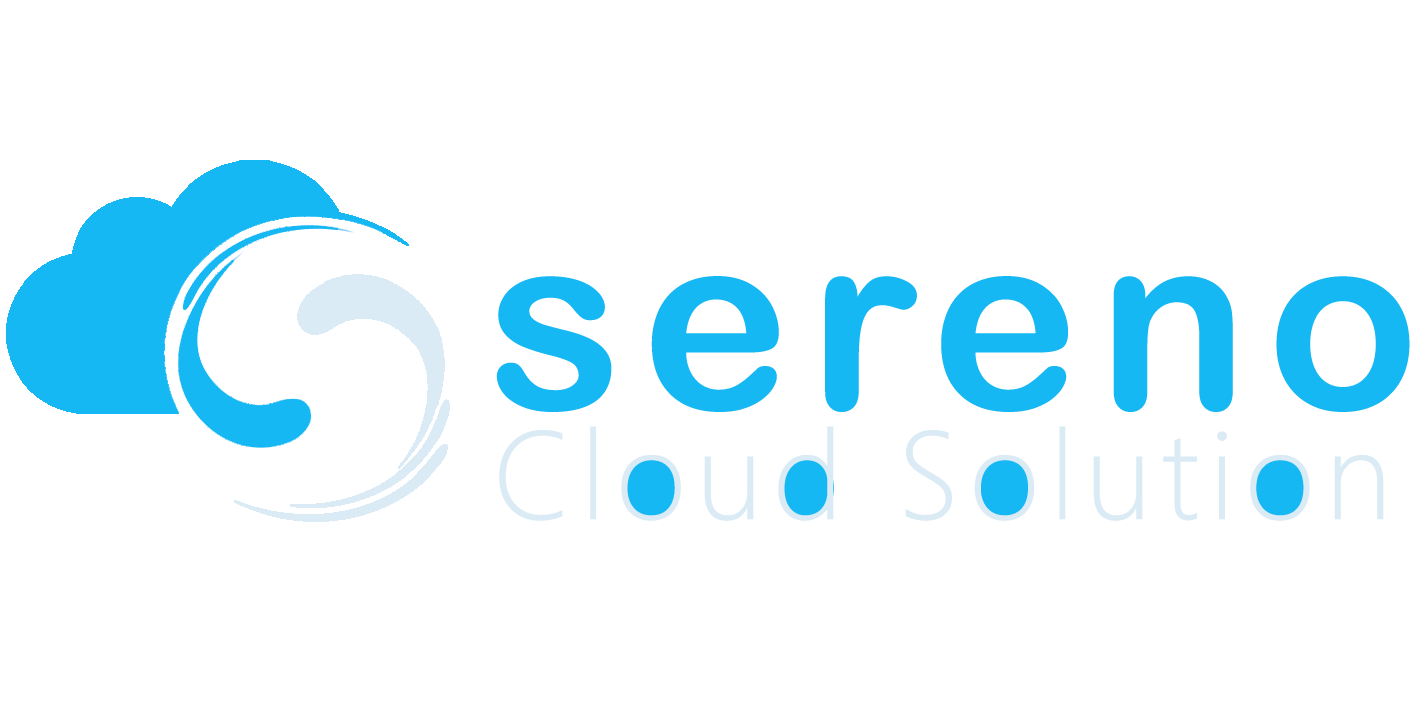How Should Cloud Security Be Approached?
When a business uses a third party to host their data and apps, it can be challenging for them to understand the cloud and who is responsible for platform security. A shared responsibility approach is commonly employed by cloud providers, including Google Cloud Platform, Amazon Web Services (AWS), and Microsoft Azure. This implies, as you may surely assume, that your company and the cloud provider of your choice share responsibility for cloud security.
Certain security tasks will always fall on the vendor, while other security tasks fall on the company within the scope of the shared responsibility model. The security of the real cloud infrastructure is the cloud provider's responsibility. To guarantee the security of the cloud computing instances operating there, this entails setting up the physical network, hosts, and patches.
It is the responsibility of the cloud-using enterprise to ensure the security of the cloud computing instances they use. This covers setting up security policies, encrypting data, and controlling user access, among other things.
Cloud Security Solution Types
Cloud users have an abundance of options for maintaining the security of their environment. There are a few solution kinds that you should think about including in your cloud security plan, but there are too many to discuss on this page.
Management of Identity and Access
Cloud managers can regulate user access and permissions for both on-premises and cloud-based resources with Identity and Access Management (IAM). IT administrators may monitor user behavior and enforce access controls throughout the cloud environment with the help of IAM services and technologies.
Prevention of Data Loss
Services for data loss and prevention (DLP) are designed to keep your data safe and, as a result, stop data from being lost or used without authorization in the cloud. Alerting systems and data encryption are only two examples of DLP solutions.
Event management and security information
SIEM, or security information and event management, is an all-inclusive security solution that offers automated detection, monitoring, and reaction. SIEM systems gather information from several cloud environments into a single location. They can then utilize this information to identify potential security risks in the cloud, notify users of these risks, and, in some situations, initiate preventative measures.
Reconstruction after a disaster
You cannot be assured that you won't fall victim to a cybersecurity attack, not even with the best cloud security tactics. Being proactive in the event of a breach is crucial, therefore companies should set up procedures and instruments to guarantee the prompt recovery of any lost data and to get operations back up and running as soon as possible.
Benefits of Cloud Security
Naturally, cloud security is essential for security reasons. However, it offers more advantages to your company!
Enhanced Clarity
Cloud security products give you more visibility into the data and cloud resources used by your company. The ability to see the cloud holistically is essential for both identifying and averting cyberattacks. Several technologies, tools, and procedures are used in an integrated approach to cloud security in order to detect security risks and vulnerabilities and take appropriate action.
Combined Security
Combining security methods is a good way to strengthen cloud security and better safeguard data and assets. You can keep an eye on numerous cloud endpoints, devices, and systems from a single location with a centralized security solution. You may update any cloud-hosted software and set up a disaster recovery strategy from this same single platform.
Reduced Prices
The cloud does away with the need for expensive and oversized hardware because it is a web-based platform. It's not necessary to buy or set up pricey gear in order to improve your security strategy. Instead, you only pay for what you need with cloud security tools and solutions since they are hosted in the cloud and can be scaled up or down as needed.
sophisticated threat identification
Having access to cutting-edge threat detection and response capabilities is a major benefit of cloud security. Cloud security systems are equipped with the most recent threat intelligence technologies, allowing them to swiftly detect and address threats as they materialize. Updating security software and tools is also made easier by the cloud's web-based architecture. Your security strategy remains accurate and current with cloud security.
Data Protection
To make sure your data is safe, cloud security uses a number of technologies and strategies. Data loss prevention (DLP), data encryption, and access control are all included in this. This implies that your company can manage who has access to and how users interact with its data on the cloud; it can also maintain data security during storage or transfer; and it can stop data leaks or deletions.
Cloud Conformance
Although cloud security might be helpful, cloud compliance can be a challenging area to navigate. Your company might adhere to a number of frameworks to make sure it complies with industry standards and regulations. Working with a cloud services provider for your cloud security requirements can also give you the direction you need to make sure your data storage and cloud security are compliant.









